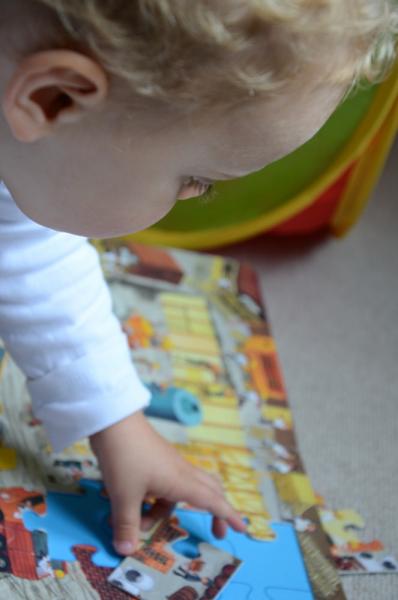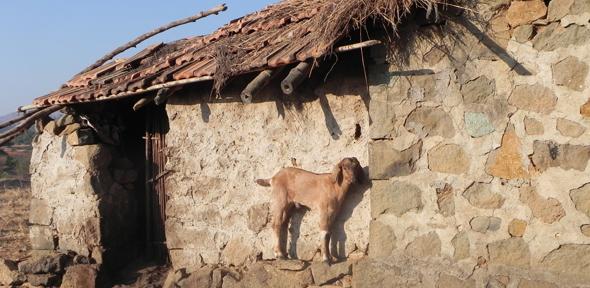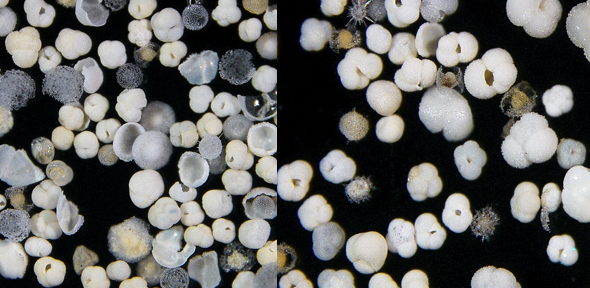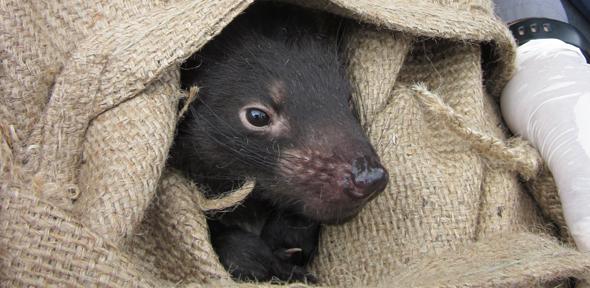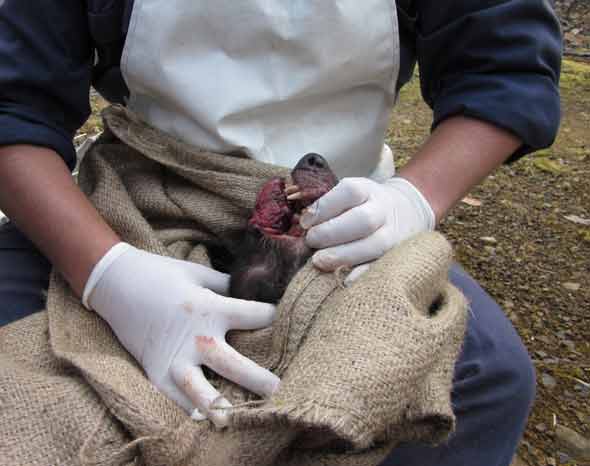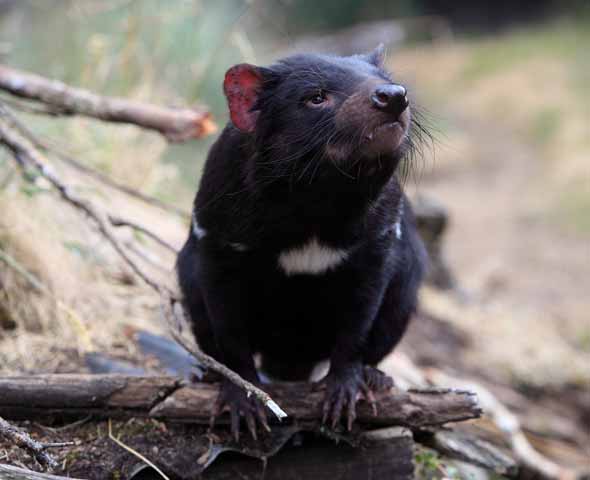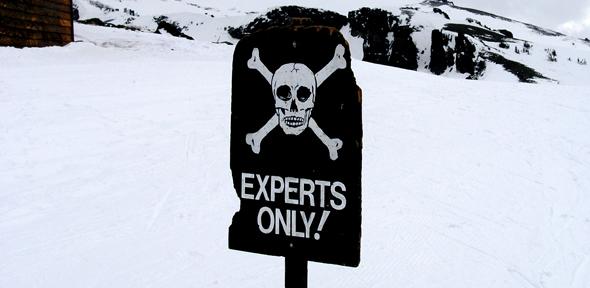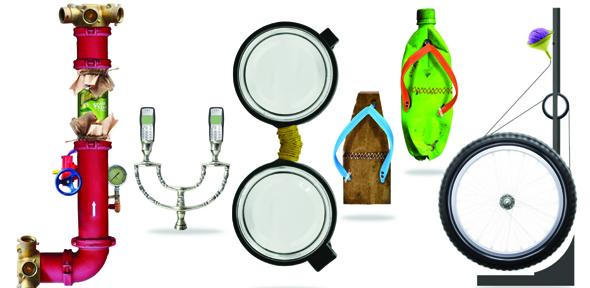Professor Lalita Ramakrishnan is, it’s fair to say, a world authority on the biology of TB. She studies the disease – one which most people will know of as a disease of the lungs – using what at first sight seems an unusual model: the zebrafish.
“What most people don’t realise is that about 40% of human TB occurs outside the lungs,” explains Ramakrishnan. “It can infect the brain, bone, heart, reproductive organs, skin, even the ear. In fact, TB infection is a basic biology question, and this is the same in zebrafish as it is in humans.”
TB is caused by Mycobacterium
tuberculosis, which is generally transmitted from person to person through the air. It has been around since at least the Neolithic period, but its prevalence in 19th-century literature led it to be considered something of a ‘romantic’ disease. The truth is a long way from this portrayal. The disease can cause breathlessness, wasting and eventual death. And while treatments do exist, the drug regimen is one of the longest for any curable disease: a patient will typically need to take medication for six months.
Ramakrishnan is involved in a new trial due to start soon that might allow doctors to reduce the length of this treatment. She is cautiously optimistic that it can be reduced to four months; if successful, however, it may eventually lead to treatments more on a par with standard antibiotic treatments of a couple of weeks.
The trial builds on work in zebrafish carried out by Ramakrishnan and colleagues at the University of Washington, Seattle, before she moved to the Department of Medicine in Cambridge in September 2014. These small fish, which grow to the length of a little finger, helped her and collaborator Professor Paul Edelstein from the University of Pennsylvania (currently on sabbatical in Cambridge) to make an important discovery that could explain why it takes a six-month course of antibiotics to rid the body of the disease (rather than seven to ten days that most infections take) and yet in the lab can easily be killed.
Within our bodies, we have a host of specialist immune cells that fight infection. One of these is the macrophage (Greek for ‘big eater’). This cell engulfs the TB bacterium and tries to break it down. This, together with powerful antibiotics, should make eliminating TB from the body a cinch. Ramakrishnan’s breakthrough was to show why this wasn’t the case: once inside the macrophages, TB switches on pumps, known as ‘efflux pumps’. Anything that we throw at it, it just pumps back out again.
“Once we’d identified the pumps, we started to look for drugs that are out there in the market and tested a few of them,” she explains. “We found that verapamil, an old drug, made the bacteria susceptible to two of the antibiotics we use to fight TB.”
The trial of verapamil, which is commonly used to treat high blood pressure, is due to start soon at the National Institute for Research in Tuberculosis (NIRT) in Chennai, India.
Ramakrishnan is one of a number of brilliant minds working as part of a collaboration between the NIRT and the University of Cambridge to apply the very latest in scientific thinking and technology to the problem of TB.
An expansion of this collaboration has now become possible through the recent award of a £2 million joint grant from the UK Medical Research Council (MRC) and the Department of Biotechnology (DBT) in India, which will enable the exchange of British and Indian researchers. For Professor Sharon Peacock, the UK lead on the proposal, this means an opportunity to train a new cohort of early-career researchers in an environment where they will have access to outstanding scientific facilities and training, at the same time as becoming familiar with the clinical face and consequences of TB for people in India.
“India is home to a large pool of talented young people with the potential to help fight back against this deadly disease,” says Peacock. “Developing a close collaboration between Cambridge and Chennai involving two-way traffic of scientists and ideas is an exciting opportunity to start to tap into this.”
There are few places more suitable
for the proposed work than India. According to the World Health Organization, India is home to almost one in four of all worldwide cases of TB, with over two million newly diagnosed cases in 2014.
Not only that, but it is one of the countries that has seen an increase in the number of cases of drug resistance to TB – including ‘multi-drug’-resistant, and even more worrying, ‘extremely’ drug-resistant strains of TB against which none of our first- and second-line drug treatments work. In part, this increase reflects improved access to diagnostic services, but the situation highlights why new approaches to tackling the disease are urgently needed, says Professor Soumya Swaminathan, Director of NIRT and the India lead in the collaboration.
“So far, the treatment of TB has focused almost exclusively on using drugs to try to kill the bacteria directly, but there’s increasing evidence that there may be benefits to targeting the host. TB is very clever and it manipulates the host immune system to its own advantage, so if we could use drugs to help the immune system, then we may be able to make it more effective.”
![]()
This is the approach that Professors Ken Smith and Andres Floto from the Department of Medicine at Cambridge, also part of the collaboration, are taking. Smith is looking at the role that specialist immune cells known as T cells play in the persistence of multi-drug-resistant strains of TB. His group has evidence that around two thirds of the population have T cells which have a tendency to become ‘exhausted’ when activated.
“It might be that exhausted T cells can’t fight multi-drug-resistant TB effectively, in which case we need to find a way to overcome this exhaustion and spur the T cells on to rid the body of the disease,” says Smith.
For Floto, the key may lie in the role played by the macrophages and their otherwise voracious appetites. As their Greek name suggests, macrophages ‘eat’ unwanted material (surprisingly similar in action to Pac-Man), effectively chewing it up, breaking it down and spitting it out again.
This process, known as autophagy (‘self-eating’), is a repair mechanism for clearing damaged bits of cells and recycling them for future use, but also works as a defence mechanism against some invading bacteria. So why, when it engulfs TB, does the bacterium manage to avoid being digested?
“Autophagy is partially inhibited by TB itself, but we found that if you overstimulate this mechanism – like flooring the accelerator of a car – you can overcome the bacteria,” explains Floto. “Clearly this will be applicable to normal TB, but we already have drugs that are effective against this. We want to know if this would work against multi-drug-resistant strains.”
Floto and colleagues already have a list of potential drugs that can stimulate autophagy, drugs that have already been licensed and are in use to treat other conditions, such as carbamazepine, which is used to treat epileptic seizures. These drugs are safe to use: the question is, will they work against TB?
“We’ve already shown that carbamazepine stimulates autophagy in cells to kill TB – even multi-drug-resistant TB. We now want to refine it and test it in mice and in fish, alongside a shortlist of around 30 other potential drugs,” he adds.
TB evolves through ‘polymorphisms’ – spontaneous changes in the letters of its DNA to create variants. Because the drug regimen to fight the disease lasts so long, many patients do not take the full course of their medicines. If the TB is allowed to relapse, it can evolve drug resistance.
These patterns of resistance can be detected using genome sequencing – reading the DNA of the bacteria. Peacock believes this technique may be able to help doctors more easily diagnose drug resistance in patients.
“TB is very slow to grow in the laboratory, which means that testing an organism to confirm which antibiotics it is susceptible or resistant to can take several weeks, especially in the case of more resistant strains,” she says. “There is increasing evidence that antibiotic resistance can be predicted from the genome sequence of the organism, and we want to establish and evaluate this technology in India, where it is needed.”
This sequencing data could also then help inform the search for new drugs, explains Professor Sir Tom Blundell from the Department of Biochemistry. He is no stranger to TB: his grandfather died from the disease shortly after the war – though, as Blundell points out, this strain of TB is far less common now, as the organism has evolved in different communities throughout the world.
“We can take the polymorphisms and ask questions such as ‘What does this mean for the use of current drugs?’” says Blundell. “The nature of the polymorphisms in the TB genome sequence of an infected individual can give us information on where that person was infected and what are the drugs that might be most effective. We can then begin to look at new targets for particular polymorphisms.”
Blundell plans to take the information gathered through the Chennai partnership and feed it into his drug discovery work. He takes a structural approach to solving the problem: look at the shape of the polymorphism and its protein products and try to find small molecules that can attach to and manipulate them. In essence, it’s akin to picking a lock by analysing the shape of its mechanism and trying to identify a key that could turn it, thus opening the door.
Yet even if the Chennai venture is successful, and research from the partnership leads to a revolution in how we understand and treat TB, the team recognise that this is unlikely to be enough to eradicate the disease for good.
“TB is as much a public health issue as one of infectious diseases,” says Ramakrishnan, pointing to Europe, where even before the introduction of antibiotics, the disease was already on the decline. “We need better nutrition, better air, less smoking, reductions in diabetes.”
Swaminathan agrees. “TB is very much associated with poverty and all the risk factors that go with it,” she says. “When people are living in very crowded conditions, when they’re malnourished, TB is going to continue to spread. This is happening in the slums of Mumbai, for example, where we’re seeing a mini-epidemic of multi-drug-resistant TB. Unless we see a rapid improvement in the living standards of people we’re not going to see a very major effect. There’s only so much we can do biomedically.”
Inset image: Macrophage engulfing Tuberculosis pathogen (ZEISS Microscopy).

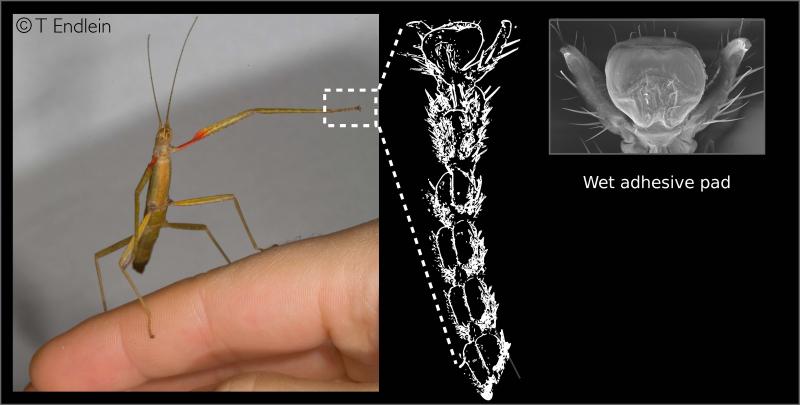
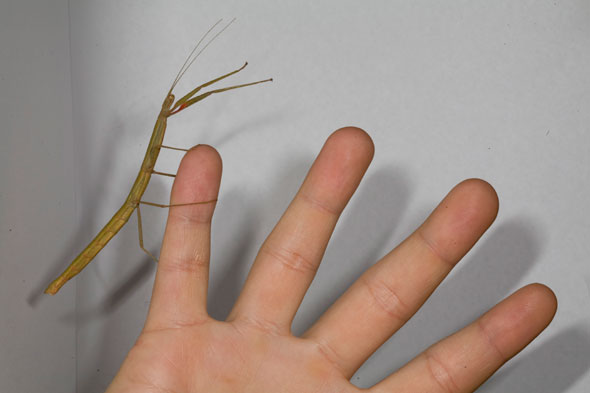
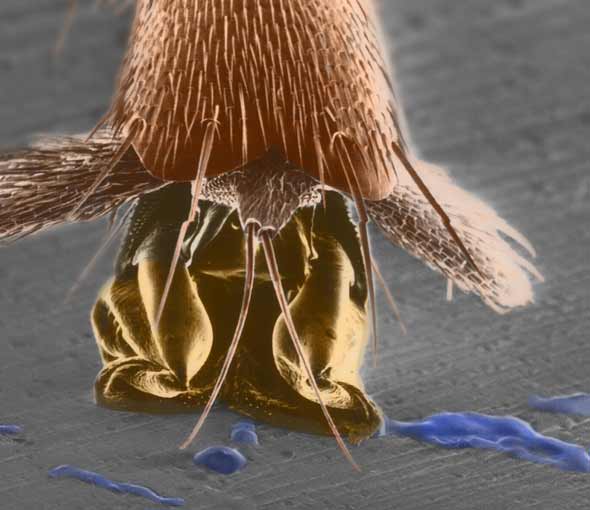

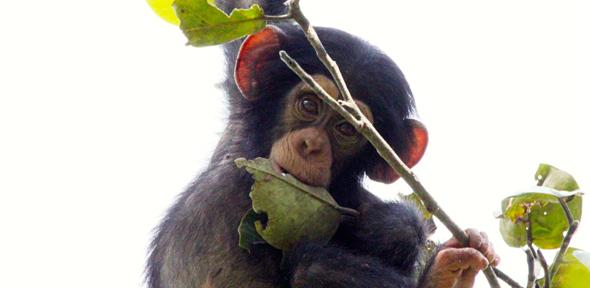

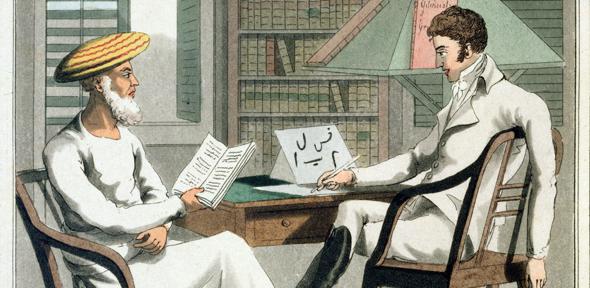



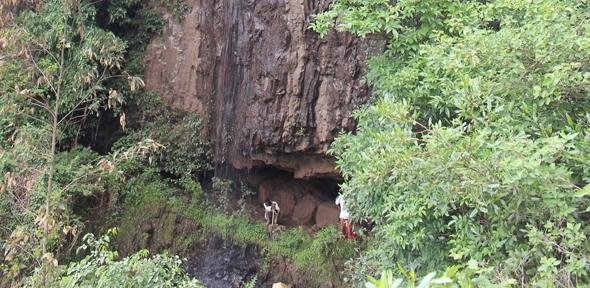
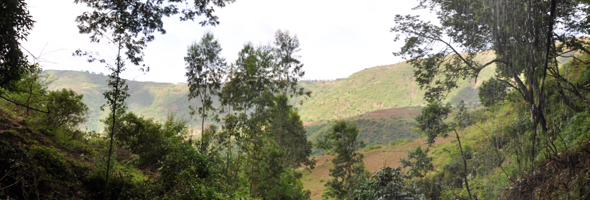
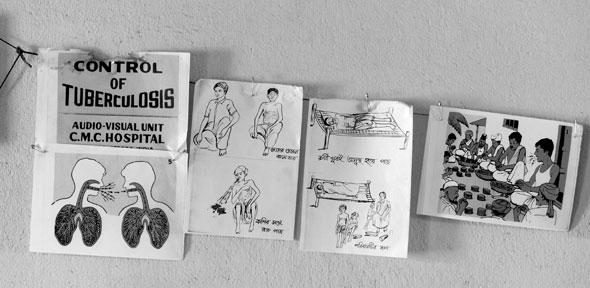








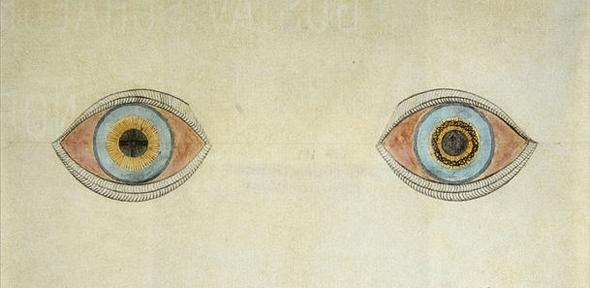
 A bewildering and often very frightening experience in some mental illnesses is psychosis – a loss of contact with external reality. This often results in a difficulty in making sense of the world, which can appear threatening, intrusive and confusing. Psychosis is sometimes accompanied by drastic changes in perception, to the extent that people may see, feel, smell and taste things that are not actually there – so-called hallucinations. These hallucinations may be accompanied by beliefs that others find irrational and impossible to comprehend.
A bewildering and often very frightening experience in some mental illnesses is psychosis – a loss of contact with external reality. This often results in a difficulty in making sense of the world, which can appear threatening, intrusive and confusing. Psychosis is sometimes accompanied by drastic changes in perception, to the extent that people may see, feel, smell and taste things that are not actually there – so-called hallucinations. These hallucinations may be accompanied by beliefs that others find irrational and impossible to comprehend.